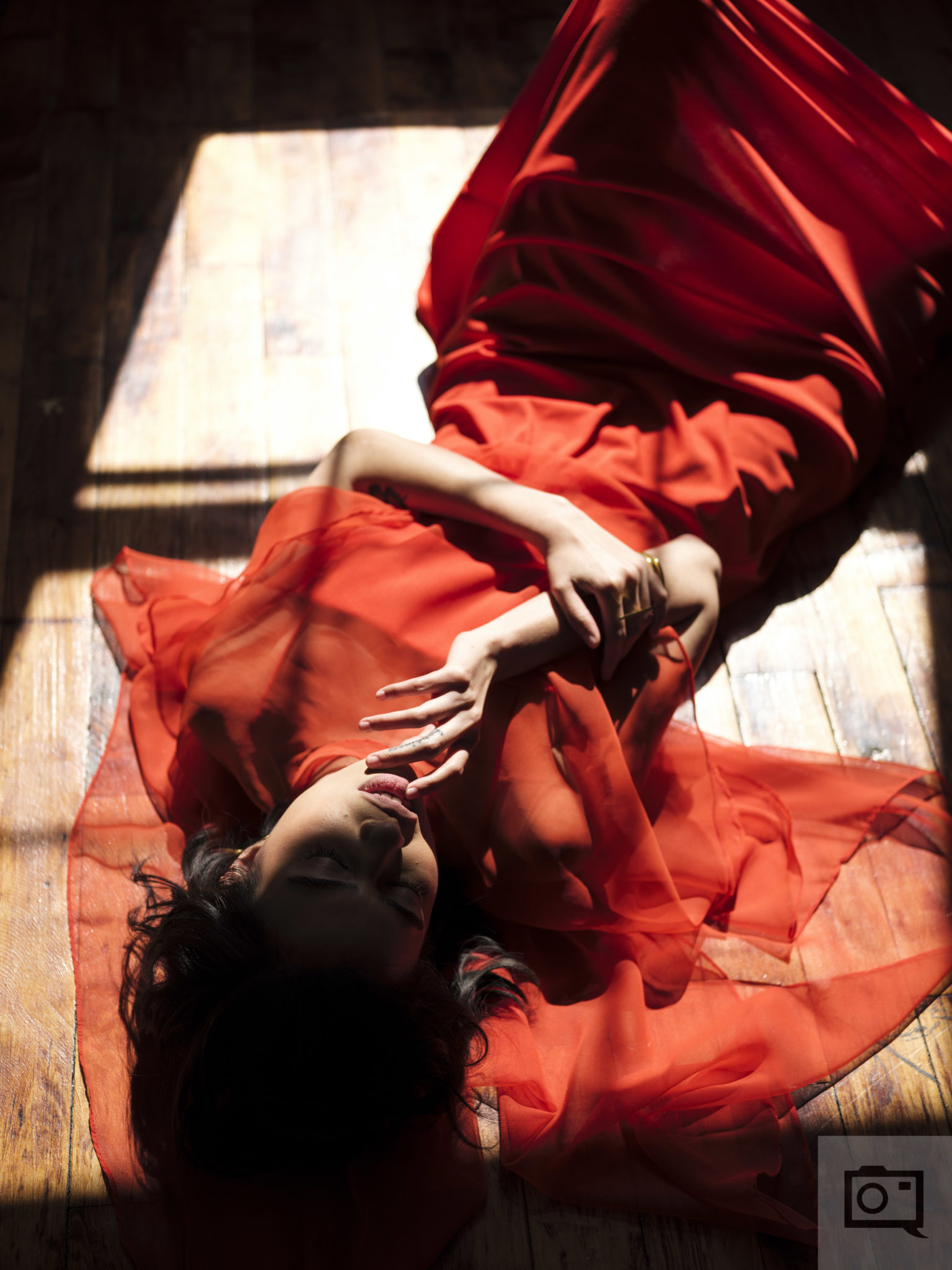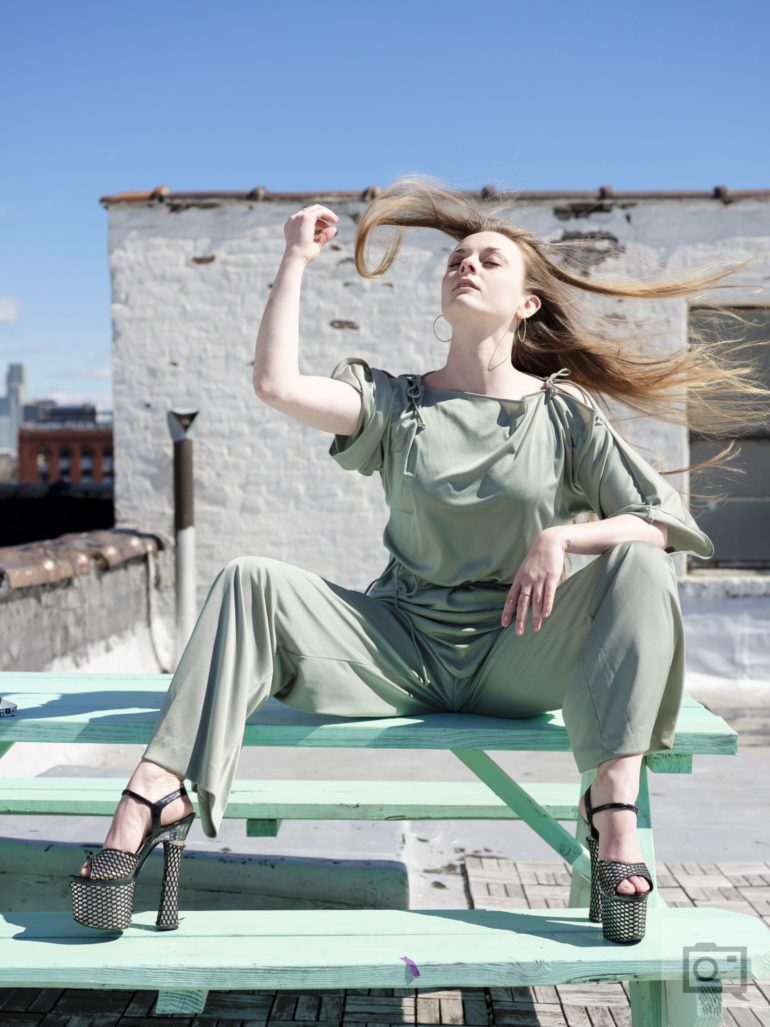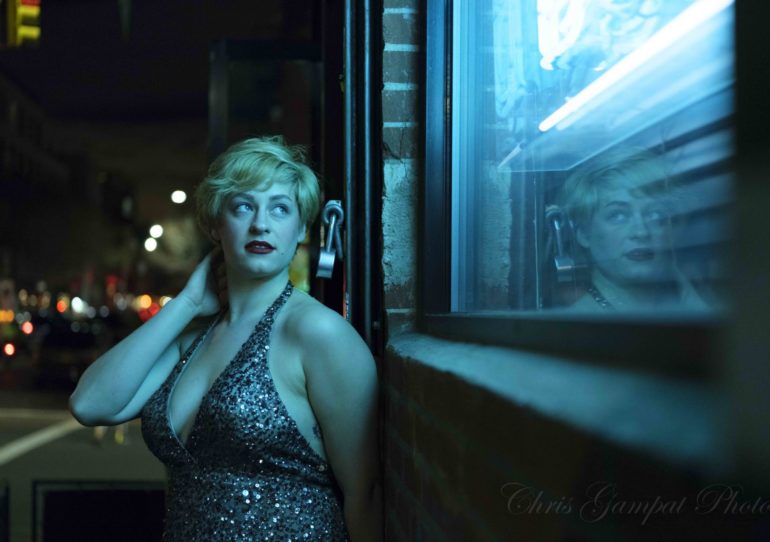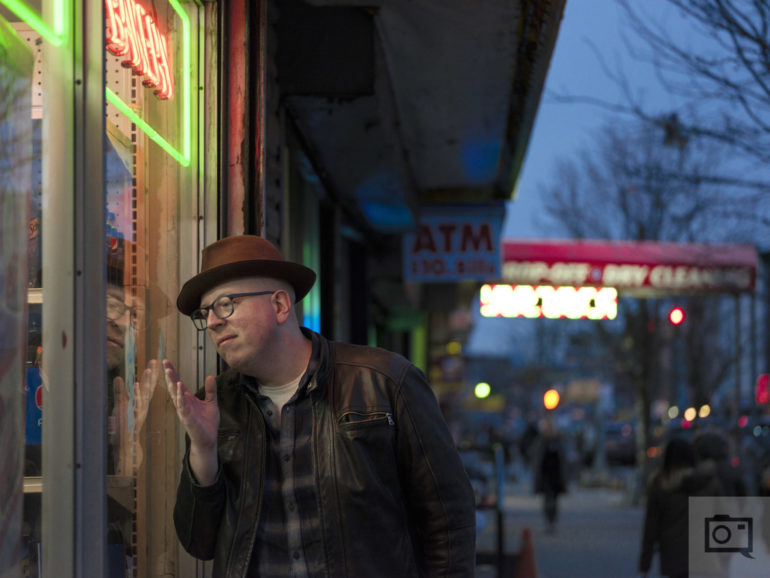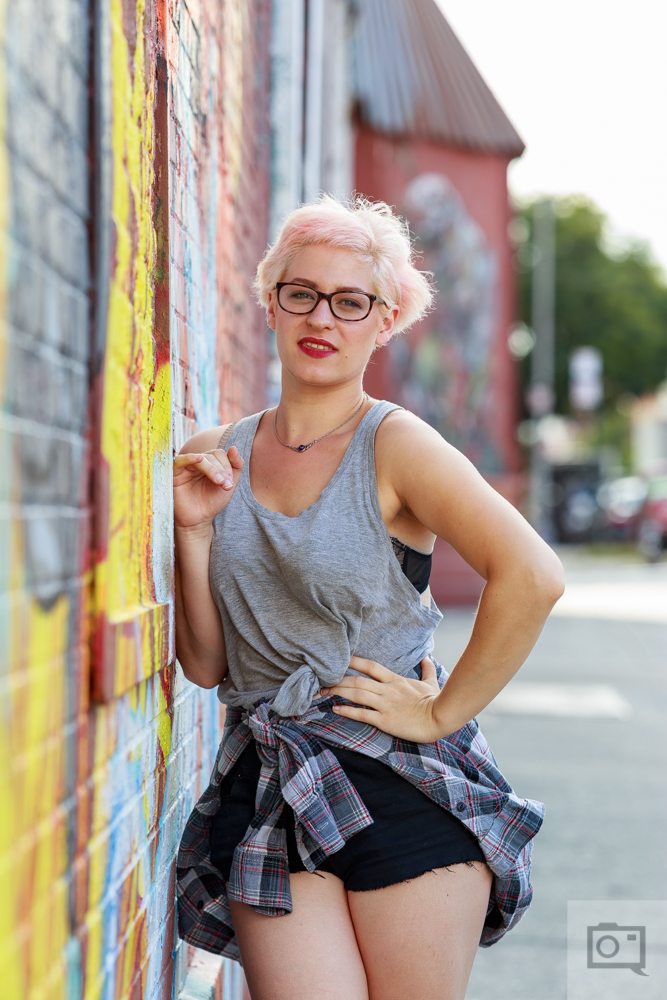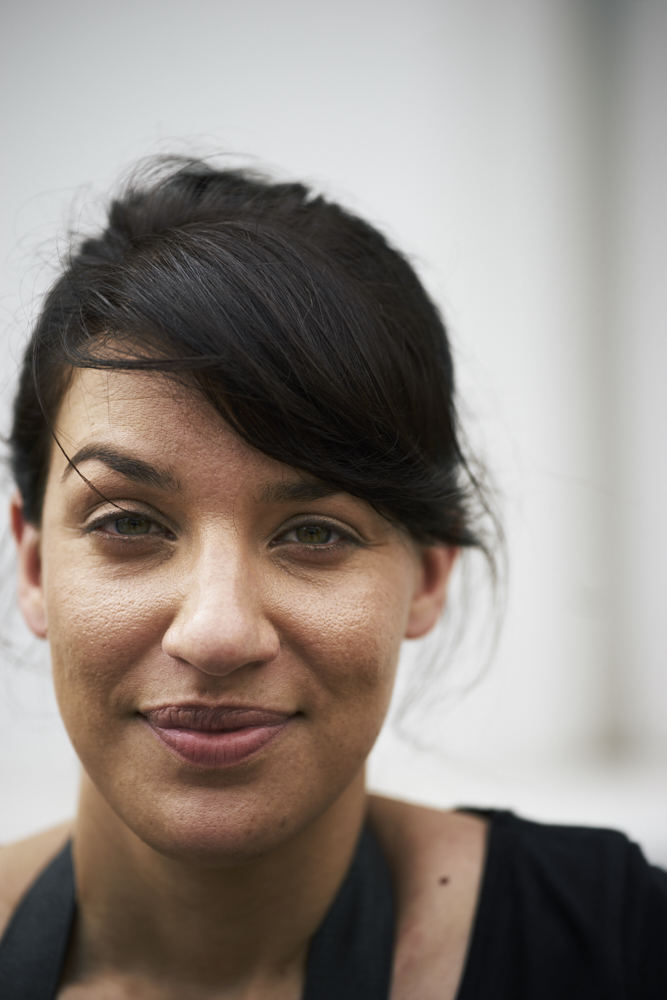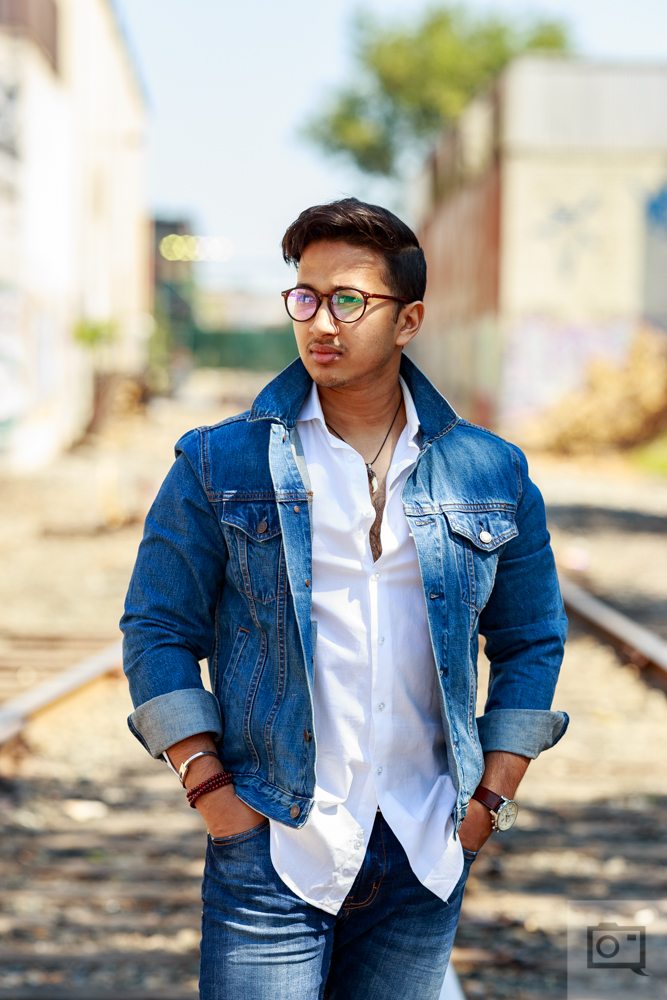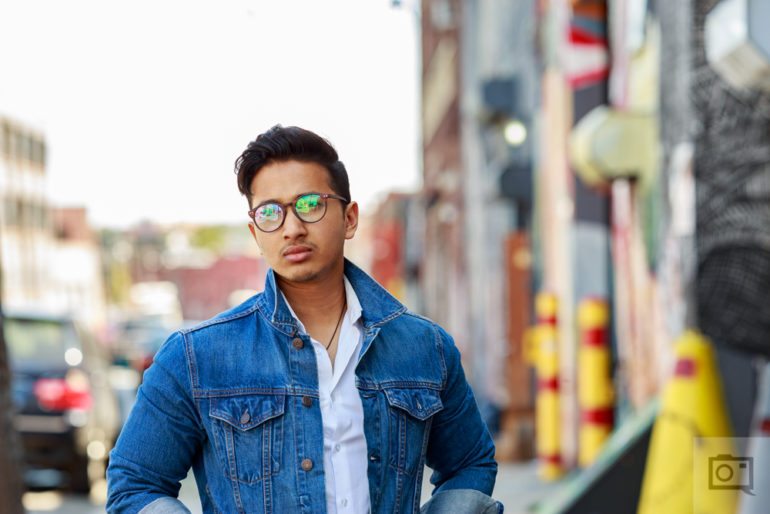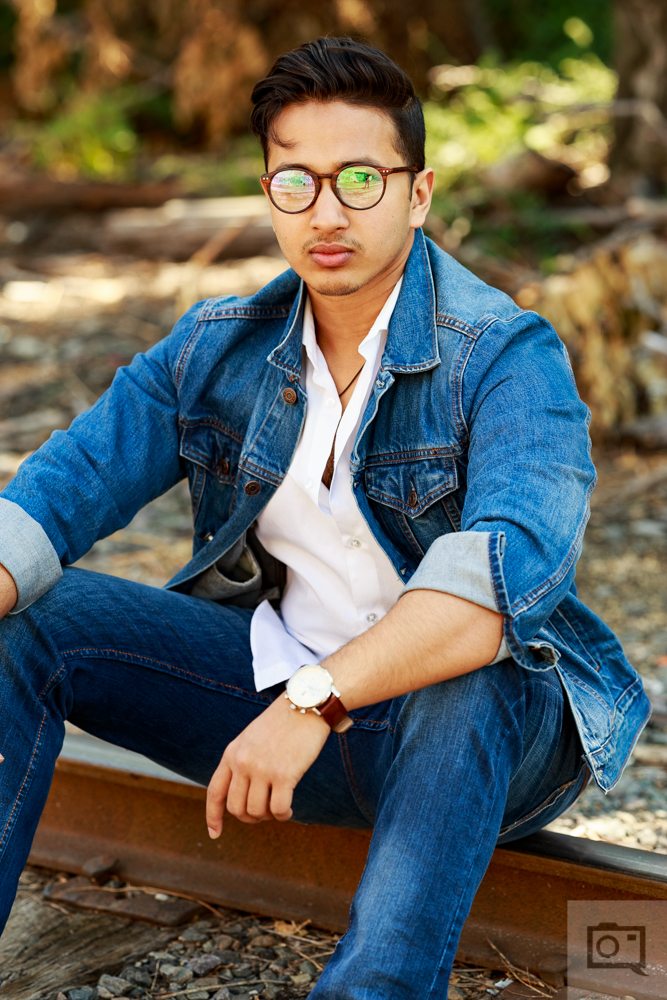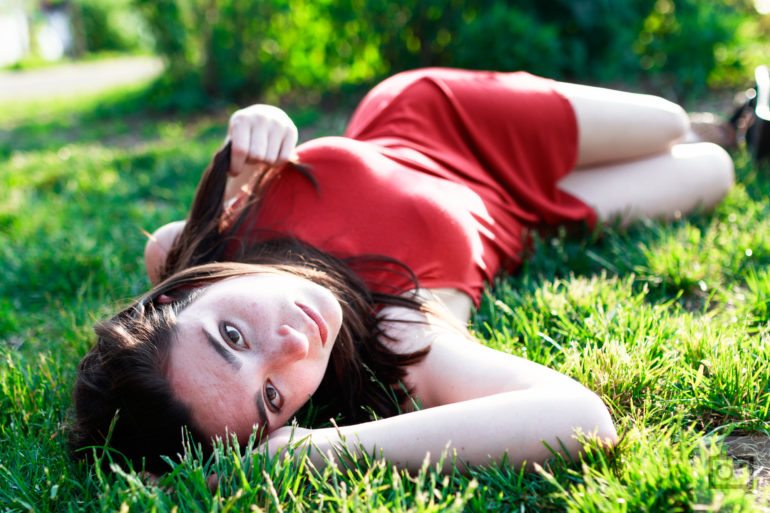Last Updated on 05/23/2017 by Chris Gampat
Shooting portraits in natural light can honestly sometimes be tougher than using a flash; but that’s considering you haven’t done any sort of scouting beforehand. However, natural light portraiture can be pretty simple if you can find a way to figure out the artistic vision parts, as the technical parts can be pretty simple too once you pay attention and carefully think about what you want.
Here are a bunch of tips on how to make the most of natural light for portraits.
Identify Your Creative Vision By Asking Yourself Questions
First and foremost, I’m going to hone in on what I believe to be the most important part of all this. Think about what you want. Let’s go through a number of questions to ask yourself based on my proven methods of who, what, when, where, how and why.
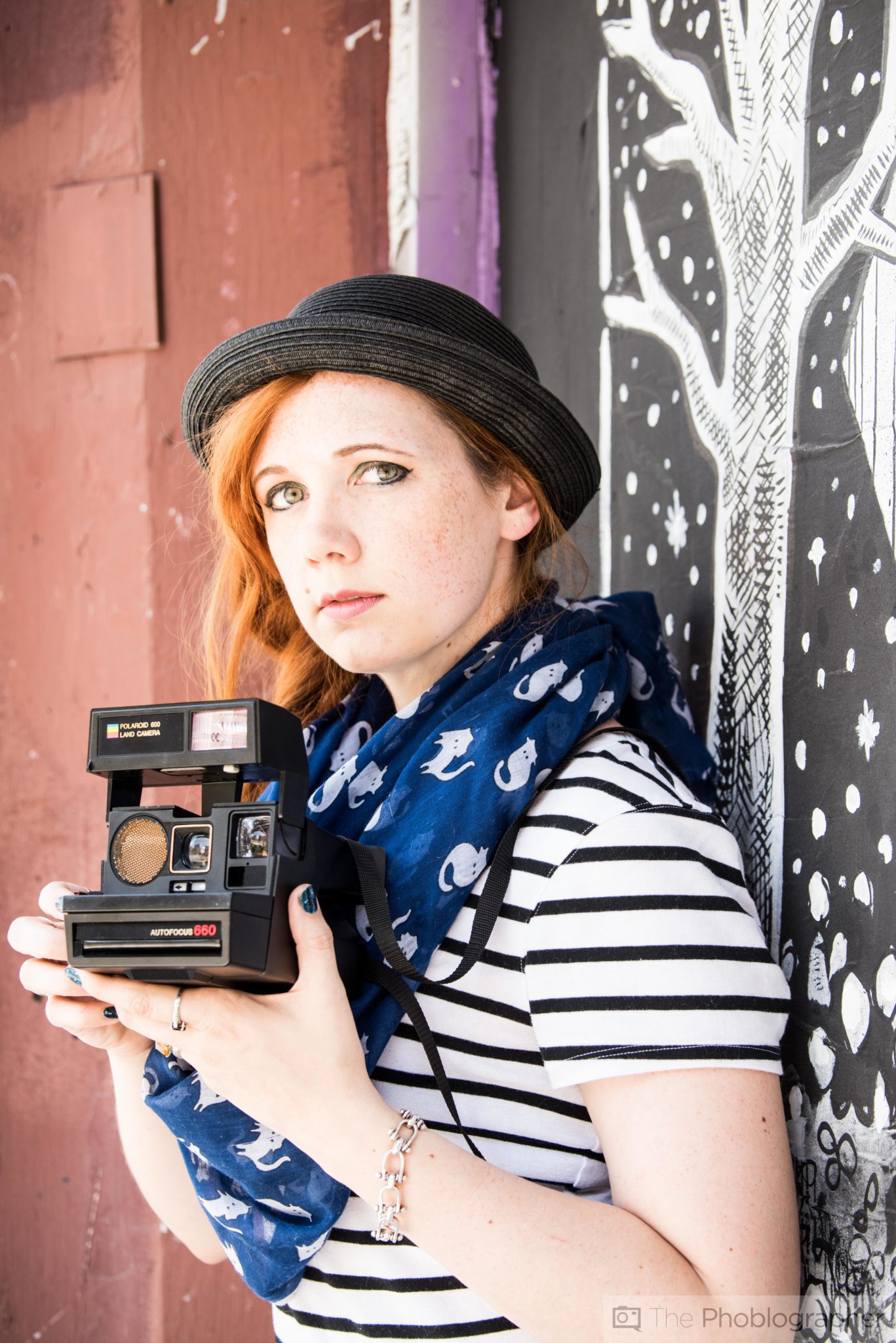
- Who am I photographing?
- What are some defining characteristics about their personality?
- What are some defining characteristics about their looks?
- What are some of the defining characteristics about what they’re wearing?
- What colors are we working with?
- How do the colors on the subject and their outfit work in different lighting situations?
- Where have I seen this before?
- What colors don’t blend in with the colors they’re wearing or have on them?
- How do I envision them being photographed?
- How does the final image look in my mind?
- How do we get to that final image?
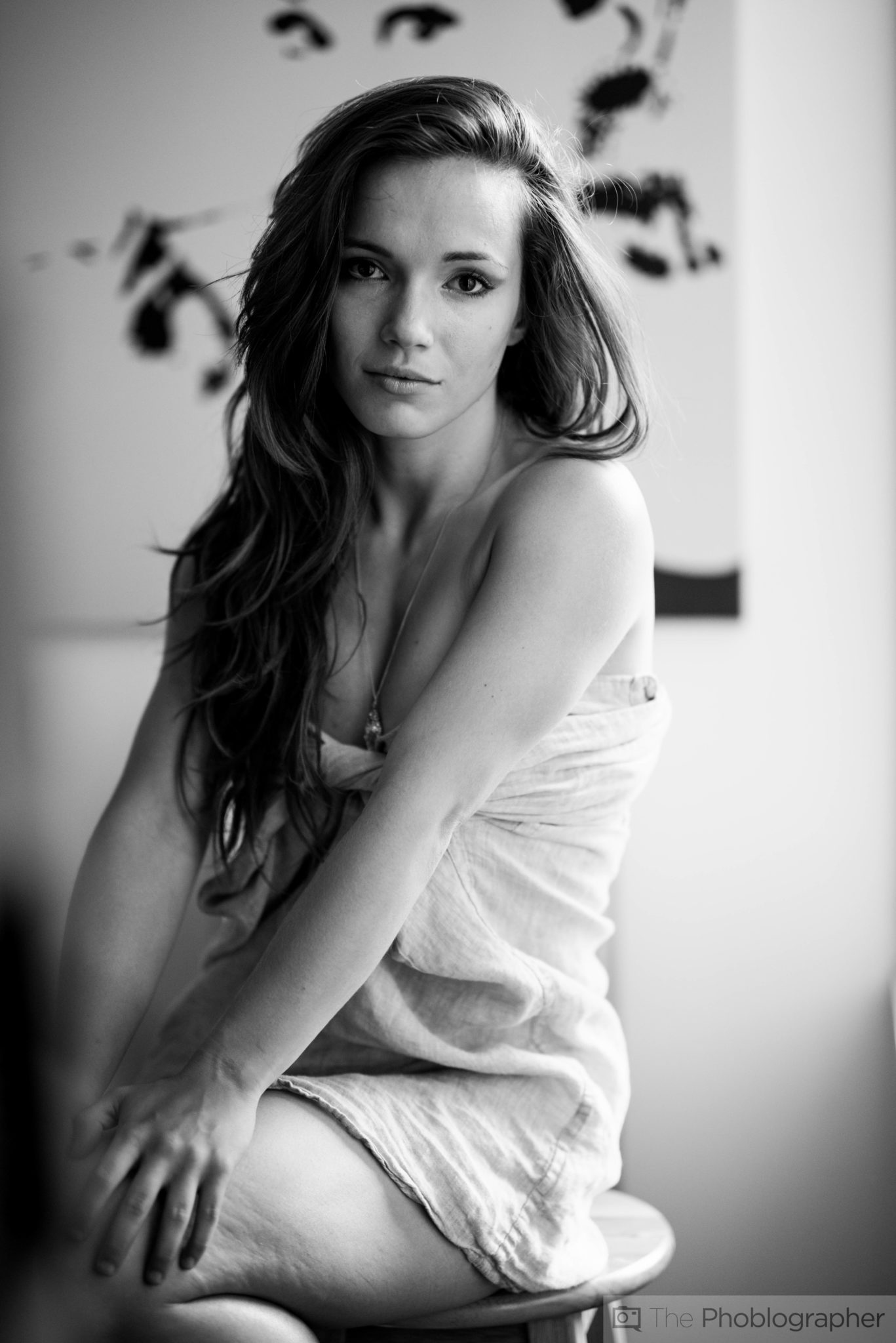
Indoors or Outdoors?
Obviously, we’re working with ambient and natural lighting here. So the biggest choice here has to do with your creative vision and figuring out whether you’re going to shoot outdoors or indoors. Indoors, you typically have a lot more control over the lighting if there is already lighting of some sort. Outdoors, it can be tough to work with because you sometimes don’t have full control over the lighting. That variable can make things difficult to work with.
Outdoors has a few variables that are much larger than working indoors–more on those later.
Typically if you’re shooting at night, you’ve got the most control over a scene at night because the lights are almost non-existant, or you’re using ambient lighting in a scene. That turns out to be pretty simple and fun to do.
The other advantage to shooting outdoors for Natural Light Portraiture is having much more variety in the scenes and what you can work with.
If you’re shooting during the day, I strongly encourage you to lock your camera’s white balance to Daylight. If shooting at night, then shoot at Tungsten.
Consider the Time of Day/Night and the Weather
Working on creating an image during the day is pretty simple depending on a number of things. If you’re shooting Natural Light Portraiture during an overcast day, you can just go out and shoot anywhere outside. But if it’s a sunny day, you want control–and that’s the biggest part that we’re about to get into.
Control of the Light
During the daytime and on a cloudy day, you can simply just walk outside and get what’s called the “Softbox effect.” This is when all the light is soft and diffused. Otherwise, what I really recommend for Natural Light Portraiture is finding an awning or something like that to work with. That will give you control over the light. Shadows are honestly the best–all you then have to do is expose for the skin and you’re all set.
Colors in the Scene
And now we come to putting everything together: the colors in the scene. Everything that we’ve talked about previously greatly affects this. For example:
- Your lighting (dependant on being outside or inside) can affect the tonality of colors at times to a certain degree. This has a lot to do with the control of the lighting.
- The time of day can affect the control of the lighting and also the colors that can and should be worn to give contrast enough in the scene.
And honestly, natural light portraiture is all about contrast in simplicity.
Many of the Natural Light Portraiture greats emphasize working with a few specific colors in a scene:
- Skin tones
- Outfits
- Background
Obviously there can be some sort of variation but not a whole lot of variety in the colors in the scene. Take a look at the image of Raiyan above. See how the color usage lets him stand out.
Now here’s the same outfit with different colors–see how he still stands out?
And one more time: he’s still offering up enough contrast in his outfit to stand out.
Now here’s another example: there’s skin tone, the dress, and the grassy background and scene.


